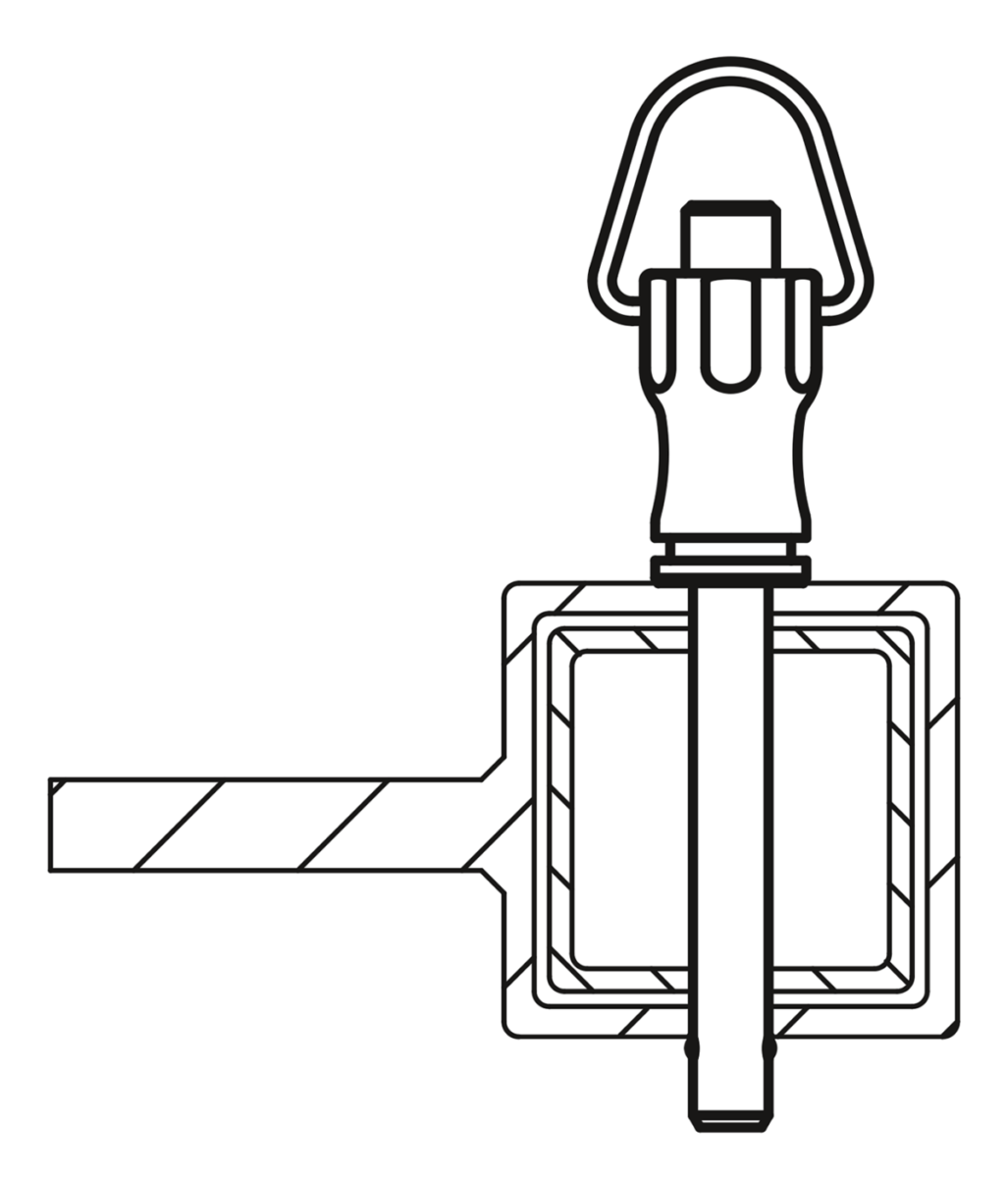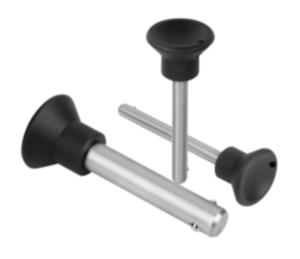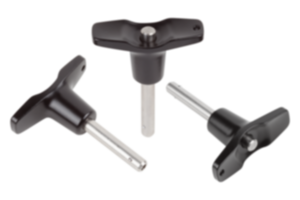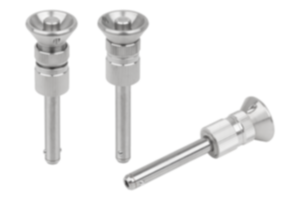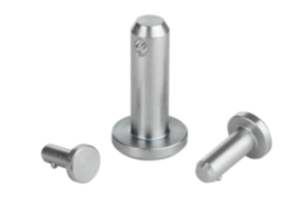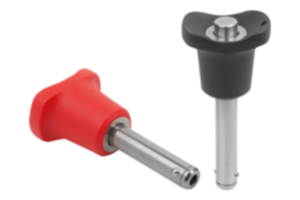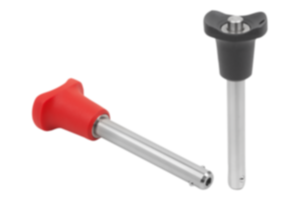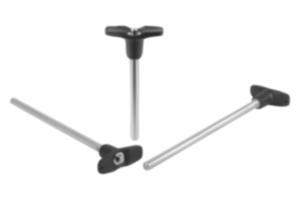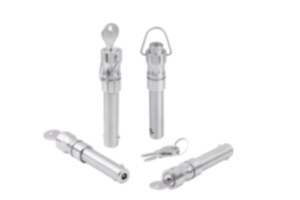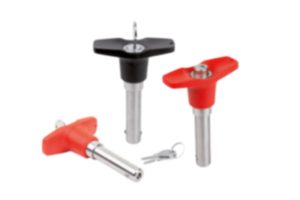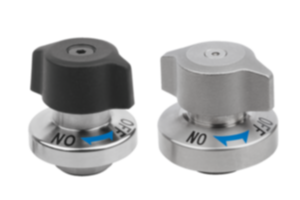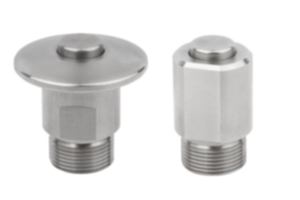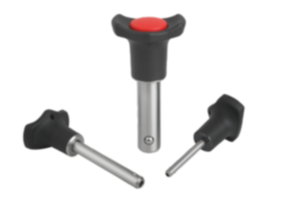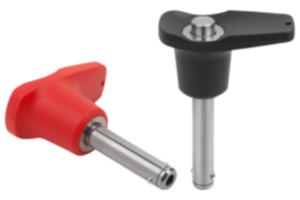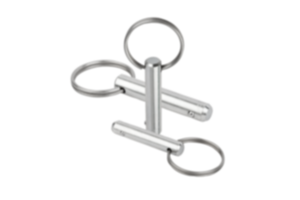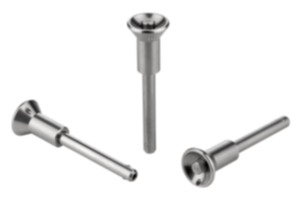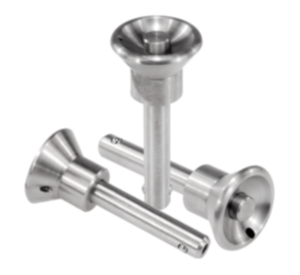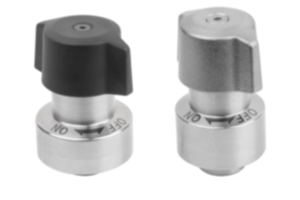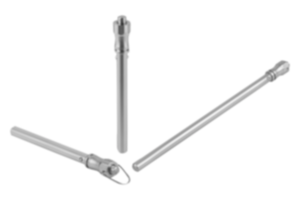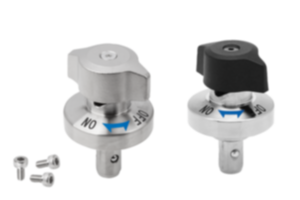{"product":{"productId":"agid.17694","price":60.51,"name":"Ball lock pins, stainless steel, Form A"},"currency":"PLN"}
- For connecting machine parts and workpieces quickly and easily
- Application sectors: machine, instrument and fixture construction, measuring technology, domestic use
- Secure locking by simply pressing and releasing the push button
- Stainless steel 1.4305, 1.4542, 1.4125, 1.4310
Description
Material
Grip and push button stainless steel 1.4305.
Pin stainless steel 1.4305.
Balls stainless steel 1.4125.
Compression spring stainless steel 1.4310.
Version
Bright.
Note
Ball lock pins are used for easy fastening or joining of components.
The two balls are disengaged by pressing the push button and the pin can be slipped into holes in the workpieces. When the push button is released, the balls lock the connection securely.
Shear force double shear (F) = S · τ aB max.
The values given for the shear force are the theoretical breaking load.
These are non-binding reference values without consideration of safety factors and exclude any liability. The values given are for information purposes only and do not constitute a legally binding assurance of properties.
The load values have been calculated in accordance with DIN 50141. Each user must determine individually whether the ball lock pin is suitable for the respective application.
Different materials in which the ball lock pins are used, weather conditions and wear can influence the determined values.
The two balls are disengaged by pressing the push button and the pin can be slipped into holes in the workpieces. When the push button is released, the balls lock the connection securely.
Shear force double shear (F) = S · τ aB max.
The values given for the shear force are the theoretical breaking load.
These are non-binding reference values without consideration of safety factors and exclude any liability. The values given are for information purposes only and do not constitute a legally binding assurance of properties.
The load values have been calculated in accordance with DIN 50141. Each user must determine individually whether the ball lock pin is suitable for the respective application.
Different materials in which the ball lock pins are used, weather conditions and wear can influence the determined values.
Important note on downloading CAD models
In order to download our CAD models, you must log in first. If you have not created an account yet, please register under "My Account" (right side of the screen) and follow the instructions.

